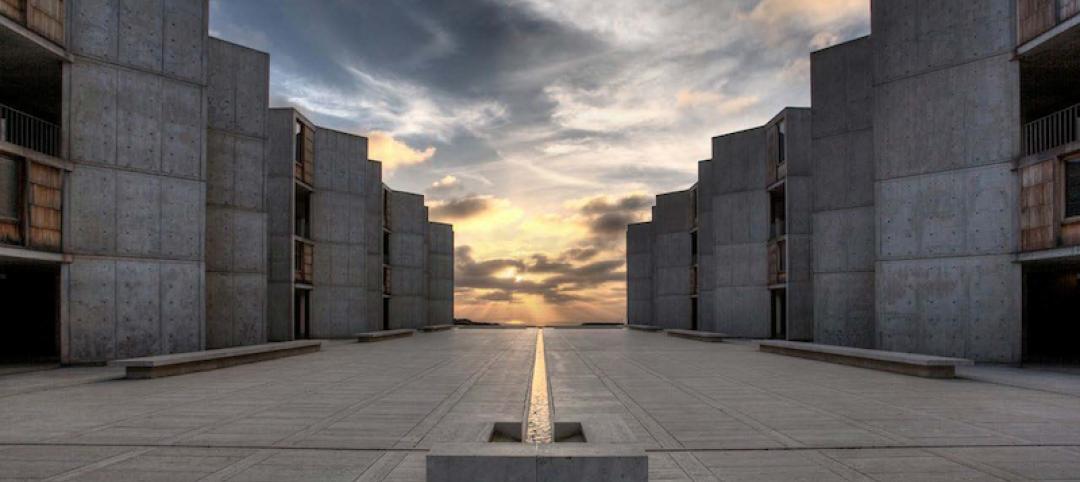Realtors who practice commercial real estate have reported an increase in annual gross income for the third year in a row, signaling the market is on the road to recovery. According to the National Association of Realtors 2013 Commercial Member Profile, transactions and sales volume have also increased since last year.
The study shows median annual gross income for 2012 was $90,200, an increase from $86,000 in 2011 and is at its highest level since 2008. Brokers and appraisers reported the highest annual gross income while sales agents reported the lowest.
The study’s results represent Realtors who practice commercial real estate; these NAR members conduct all or part of their activity in commercial sales, leasing, brokerage and development for land, office and industrial space, multifamily and retail buildings, as well as property management.
“The commercial market is showing signs of improvement, which is reflected in the positive trends in income, transactions and sales volume reported by our Realtor commercial members,” said NAR President Gary Thomas, broker-owner of Evergreen Realty in Villa Park, Calif. “This is a hopeful sign for the future. Realtors who practice commercial real estate build communities by facilitating investment and promoting the sale and lease of commercial space. There’s no doubt that commercial market improvements will help spur economic recovery and growth for our nation.”
Commercial members completed a median of eight transactions in 2012, up from last year. The median sales volume also increased from last year and was $2,507,700. Brokers typically had higher sales transaction volumes than agents. The median dollar value of sales transactions was $433,600 and the median square footage was 10,400.
Similar to the median sales volume, the median lease transaction volume increased this year by more than $70,000. In 2012 commercial members reported a median lease transaction volume of $476,400. Twenty-one percent of commercial members did not have a leasing transaction in 2012. The median dollar value of lease transactions was $169,100 and the median square footage was 4,200.
Commercial members who manage properties typically managed 40,000 square feet, representing 15 total spaces. They also typically managed 16,000 total office square feet, representing six total offices.
A majority of commercial members, 63 percent, reported they derive more than half of their annual income from the real estate industry. Thirty percent of respondents did not derive any income from commercial real estate leasing in 2012. Only 32 percent derived at least half to all of their income from leasing property. A large percentage, 85 percent, of commercial members earned at least some personal income from commercial real estate investments.
Sixty percent of NAR’s commercial members are brokers. Licensed sales agents were the next largest segment at 25 percent. Most commercial members reported working in a firm that is local and 58 percent work within an office that has a mix of commercial and residential brokers and agents.
Investment sales proved to be the most popular business specialty among commercial members. Identified by the highest proportion of members as their primary business specialty, investment sales was also the top ranked secondary specialty area. Land sales and retail leasing followed closely behind.
The typical commercial member has been in commercial real estate for 15 years and involved in real estate in some capacity for 25 years. The median length of membership in NAR among commercial members was 17 years. With a median age of 59, commercial members are also predominately male. However, women are slowly coming into the business; 33 percent of those with two or fewer years’ experience are female, and sales agents have the largest representation of women with 29 percent.
The NAR 2013 Commercial Member Profile was based on a survey of 1,796 commercial practitioners. Income and transaction data are for 2012, while other data represent member characteristics in 2013.
The National Association of Realtors, “The Voice for Real Estate,” is America’s largest trade association, representing 1 million members involved in all aspects of the residential and commercial real estate industries.
Related Stories
Data Centers | Oct 14, 2016
Where data centers meet design
As technology continues to evolve, we have to simultaneously adapt and help our clients think beyond the short term, writes Gensler's Martin Gollwitzer.
Architects | Oct 13, 2016
Dallas architects recognized at 2016 AIA Dallas Built Design Awards
Six Texas-based projects lauded for design excellence.
Architects | Oct 11, 2016
A good imagination and a pile of junk: How maker culture is influencing the way AEC firms solve problems
“Fail” is no longer a dirty four-letter word: for maker culture, it has become a crucial stop along the way
Architects | Oct 4, 2016
Video blog: How to future-proof your workplace
Larry Lander, a Principal with PDR and a registered architect, discusses how modularity can improve a workplace for the business and the individual.
Architects | Sep 30, 2016
Ugly soviet parking garage takes on appearance of a cascading waterfall
Architect Ignas Lukaskas worked in conjunction with Vieta and the Vilnius Street Art festival to transform the building.
Architects | Sep 30, 2016
HOK partners with Delos to accredit its designers as wellness professionals
They are also working on the first WELL-certified city district, in Tampa, Fla.
Architects | Sep 29, 2016
Join Adrian Smith + Gordon Gill Architecture’s partners Adrian Smith, Gordon Gill, and Robert Forest for “AS+GG At Ten”
The event is a presentation of their work spanning the past 10 years.
Architects | Sep 29, 2016
Design culture in Dubai draws increased international attention
Innovation and sustainability drive an increasingly global design culture in Dubai.
Architects | Sep 29, 2016
Space architecture is making the leap from science fiction to reality
3D printed domes and inflatable living spaces are just some of the ideas for how to create habitable spaces on Martian planets.
Reconstruction & Renovation | Sep 28, 2016
Architecture conservation efforts begin at Salk Institute of Biological Studies
Getty-led research and funding leads to important site repairs and long-term conservation management planning.















